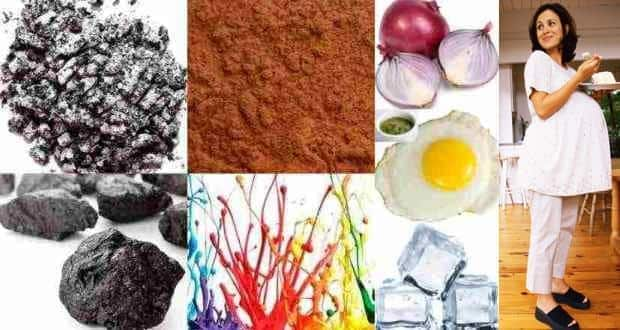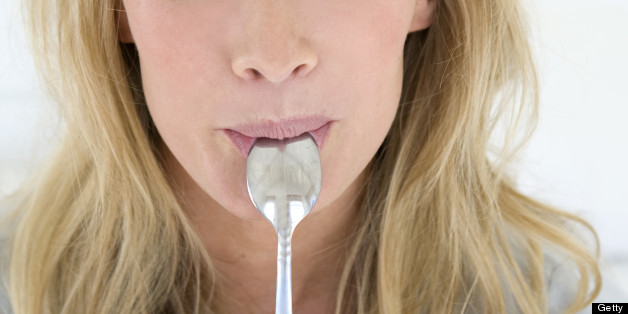

It is not clear that patients volunteer information about pica, so it would be helpful if nurses queried patients at each prenatal visit regarding pica practice. Although this study did not show specific pregnancy complications associated with pica, other studies have shown anemia and lead poisoning among women who practice pica. The word pica is Latin for magpie which is a bird notorious for eating almost anything. Most pregnancy and pica-related cravings involve non-food substances such as dirt or chalk. Pica exists, and might be more common than healthcare providers assume. Pica Cravings During Pregnancy Unusual Cravings During Pregnancy Pica is the practice of craving substances with little or no nutritional value. No specific pregnancy complication was associated with the practice of pica. Women reporting daily pica practice were significantly more likely to have lower prenatal hematocrits than women who did not practice pica, or who practiced pica less frequently than daily. Women practicing pica were more likely to have been underweight prior to pregnancy, and smoked fewer cigarettes. Polypica (ingestion of more than one substance) was practiced by 11 women. Substances ingested included ice (>1 cup/day), freezer frost, laundry starch, cornstarch, clay dirt, and baked clay dirt. African-American women reported practicing pica more often than other ethnicities. Thirty-eight percent of these pregnant women practiced pica.

Demographic and sociocultural variables, pica practices, pica substances ingested, and pregnancy outcomes were collected. Prospective, descriptive, correlational investigation with 128 women who sought prenatal care from two rural community health agencies. We conclude that the behavior is more prevalent than commonly believed, shows no sign of further decline, and may have serious effects, particularly anemia, on mother and infant.To discover the prevalence of pica, the documentation of pica on medical records, and any relationship of pica to pregnancy outcomes in rural socioeconomically disadvantaged pregnant women. Pica also has been associated with maternal and perinatal mortality. The evidence suggests that pica during pregnancy results in anemia, but it is not definitive. The clinical picture of the disorder during pregnancy is not well described. Women at high risk of pica are more likely to be black, to live in rural areas, and to have a positive childhood and family history of pica. The prevalence of pica among pregnant women in high-risk groups declined between the 1950s and the 1970s but now remains steady, affecting about one fifth of high-risk women. Data on pica practices by pregnant women are limited and inconclusive but reveal several interesting relationships. Pica behavior was considered in terms of its prevalence, risk factors, clinical profile, and effect on pregnancy outcome. This report summarizes current knowledge about pica practices during pregnancy through a systematic review of the literature for the period 1950 through 1990. Dietetic practitioners who counsel pregnant women should ask questions about pica when they conduct nutrition assessments of their clients We conclude that the behavior is more prevalent than commonly believed, shows no sign of further decline, and may have serious effects, particularly anemia, on mother and infant. In a meta-analysis assessing the worldwide prevalence of pica during pregnancy and the postpartum period, the mean prevalence during pregnancy was much.

Caused by changing hormone levels, cravings are a side-effect of pregnancy, and for some women, they can pose a risk. The Association Between Postpartum Depression and Pica During Pregnancy Neda Ezzeddin Roza Zavoshy Mostafa Noroozi Mohammad Ebrahim Sarichloo Hassan. The clinical picture of the disorder during pregnancy is not well described. Pica is defined as craving and purposeful consumption of nonfood items.


 0 kommentar(er)
0 kommentar(er)
